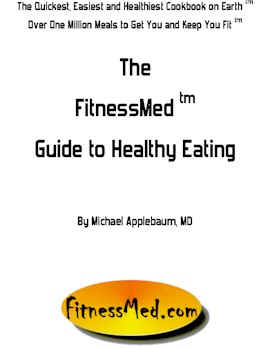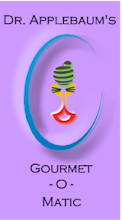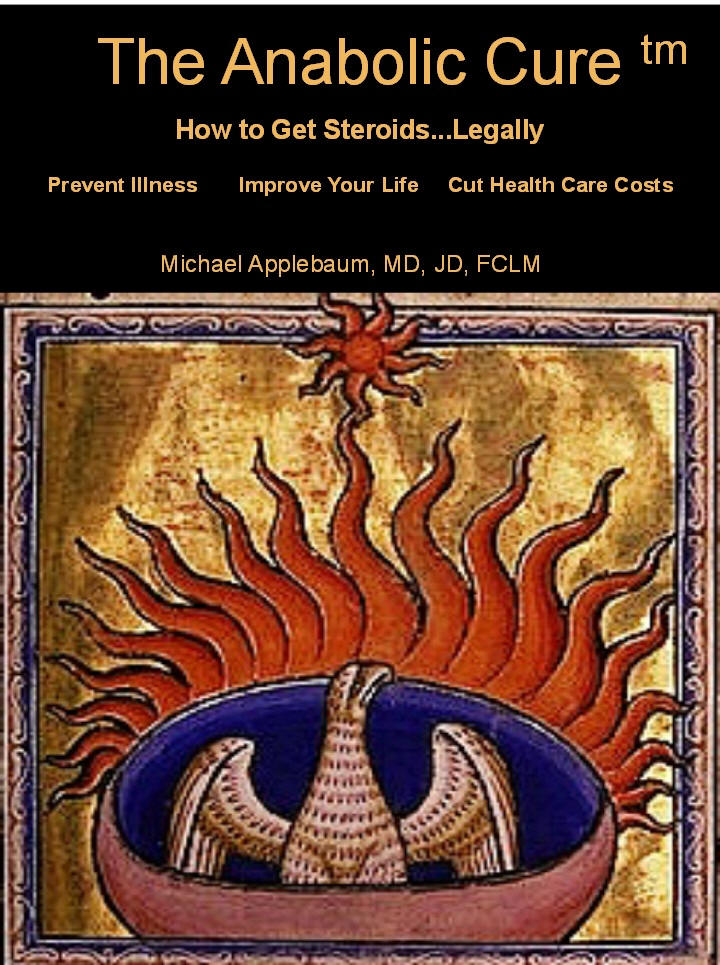Results from a European study on consumer use of nutrition information on food labels and their understanding of front-of-pack nutrition information, are now available ahead of print on the website of the Journal of Public Health. The study, conducted by the European Food Information Council (EUFIC) and Professor Klaus Grunert of Aarhus University in Denmark, in six European countries, reveals that the understanding of nutrition information seems to be more widespread than actual use and that there are considerable differences between consumers in different countries in both understanding and use of nutrition labelling...This also speaks to health illiteracy.
Low usage does not equate to a lack of understanding
The study shows that there is a significant gap between understanding and use of nutrition labelling; the proportion of consumers who understand the nutrition information on labels is considerably higher than the proportion of those who actually read and make use of the information when making a purchase decision. It is therefore suggested that low use of nutrition labelling could be explained by a lack of motivation among consumers to use the information rather than by their inability to understand and interpret the information.
Health literacy is not simply the ability to read. It requires a complex group of reading, listening, analytical, and decision-making skills, and the ability to apply these skills to health situations.
These people know what to do and choose not to do it.
Not much different from the embarrassment of a Surgeon General, worthy of today's Washington, Dr. Regina Benjamin, another health illiterate who (should) know what to do, but chooses not to.









No comments:
Post a Comment